Race and Photography – A (very) Brief Review
Written by duckrabbitI read the fascinating article below on Reciprocity Failure sometime back and asked Stan Banos if I could re-publish on the duckrabbit. I still think this subject is practically taboo in an industry that makes such an important contribution to human rights across the globe. The problem is if you start to actually examine the subject in any kind of rigorous way the notion that the industry is color blind falls like a pack of cards.
Racism itself has become a victim of stereotyping, it’s such a dirty word thats it’s almost impossible to use it without invoking a pantomime villain or bogeyman. I didn’t think I had a racist mentality when I moved to Ethiopia, and it’s certainly not something that anyone would have accused me of, but no doubt some of my thinking sucked. The sense that the people I would work with might be in some way less able then me; that I, the white knight from the BBC, had more to teach them then I had to learn. Well I was humbled from that arrogant postion pretty quick.
What I’m suggesting is that even though it is bloody obvious there is a problem with race in the industry that doesn’t mean there’s a KKK conspiracy going on. We might just need to look a little deeper inside ourselves to have an understanding of what a more equal industry would really look like and how it can be achieved.
And of course it’s not just black people on the outside, there are other indicators of inequality in the industry; class and economic status in childhood being the two obvious ones.
I think there are lots of people working to remedy this. Good people working across the globe on little community and outreach projects aimed at giving people a voice, in engaging them in the arts and in the practice of journalism and of storytelling. We don’t salute these people enough, but they probably don’t give a shit; they’re too busy having fun, changing and challenging peoples lives.
Stan the floors yours mate:
Race and Photography – A (very) Brief Review (edited by duckrabbit)
Often these photographs would fall into several categories in which the image makers would attempt to portray people of color as: inherently primitive (physically, mentally, culturally), childlike, comical, servile.
Of course, many would argue that the historical photos above bear no semblance to today’s photojournalism and/or fine art photo essays. All some of us were trying to say was that even to this day, the image of the “The Other” is being controlled, judged and presented by a majority white minority. And that people of color have been overwhelmingly represented in front of the lens, with Whites setting both narrative and context in print and electronic media. The latter two assertions are beyond dispute, they are simply fact– which is why I originally took such exception with the PDN judges- it’s a different century, and time to start creating a more proportional balance beyond the mere token presentation (ominously absent even in the ’09 PDN judging). They would never have allowed an all male jury to stand in this day and age- the outrage and protest would have been fast, furious, and all too well predictable and justified. And yet, not so much as a second thought when it came to creating such an obviously homogeneous racial representation.
I had hoped that the 2010 online symposium that never occurred would continue to explain, bring light and further this cause through continued exchange and discussion. For those who still believe I am exaggerating a “non issue,” and that the racism I speak of (“passive” or otherwise) is limited to a handful of bigoted whackos- I leave you with this observation (see next to last paragraph of the post).
Remember, that is a renowned white photographer that made that observation. It happened a little less than three years ago, and I wouldn’t be the least bit surprised if that very festival organizer would adamantly describe himself as a“Liberal.” Now ask yourselves how many of you would have believed his behavior, if one of the Blacks in that audience was the messenger of said incident? Or had I been the narrator? How many other Whites in that theatre made note of that egregious slap in the face- I’m betting it wasn’t the first time for many of the other half of that audience. And that’s why while it may all feel well and good for white folk to tell themselves that they just don’t see color (particularly when they’re in control), we already know how myopic that vision can sometimes be…


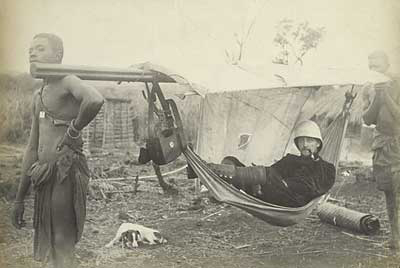
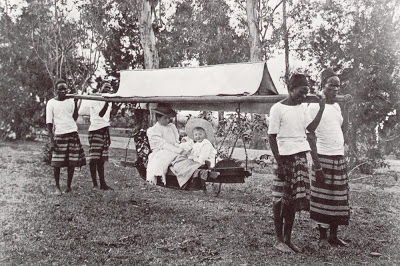

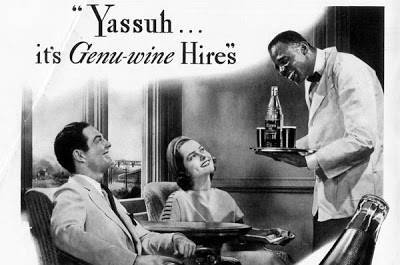
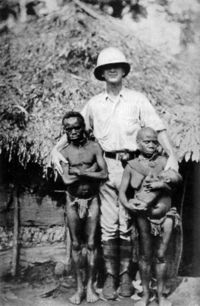
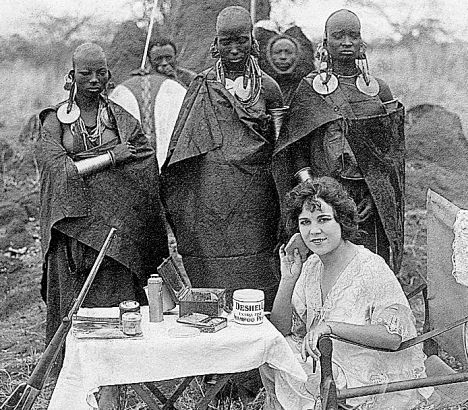
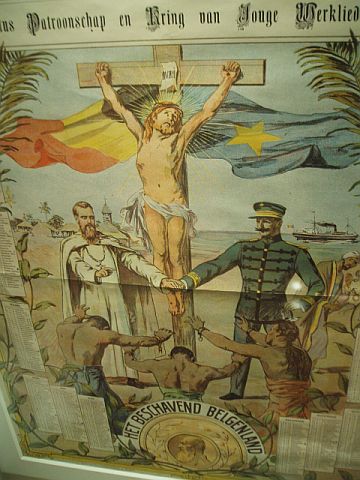


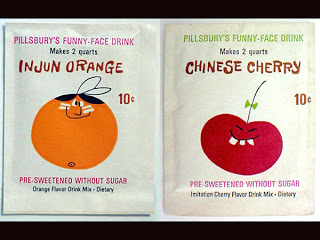
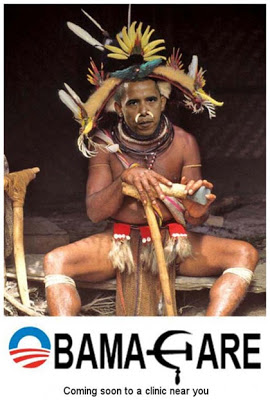

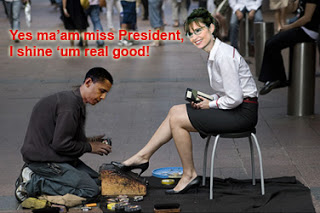

Discussion (6 Comments)
Needs more National Geographic. That was my best source of photography while I was growing up. And my best source of skin pictures. Even as a kid, to me it was clear that black/brown cultures could be photographed and depicted in ways that any fair-skinned culture could not. At the same time, how many photographers now aspire to the National Geographic standard and completely missed the different ways race was depicted?
Harping on about race is hardly my favorite pastime. I too wish I never had to think about it, read about it, “see” it- or better yet, never, ever have to deal with it. But when you grow up on the “receiving” end of it, deal with it you must, and hopefully, in as positive a manner as one possibly can. As you well point out, there are many people doing just that throughout the world in their own quiet way.
Honestly, it’s hard for me to initiate such a conversation from scratch, because it is never simple, always defensive, and never honest until and unless it gets down and dirty- and only then can one hope that it takes off and improves into some honest soul searching that in turn leads to insight. Of course, more often than not the conversation can rapidly descend into stereotyping, scapegoating, and the worst undertones of racial hatreds and misunderstandings that still reside in so many of us like so many ancestors’ dead ghosts. Even in the “best case” scenario, few have the tenacity to willingly persevere through all the introspection, all the phases and layers of guilt and misconceptions that must be shed, reconstituted and ultimately incorporated to see and think anew. Or to even understand, let alone agree. There’s no quick fix- the shit’s hard! Which is why so many of us would just rather avoid, defer- plug in our earphones…
Ultimately, I do have some glimmer of faith- and not because I’m anything approaching an optimist. Frankly, I think this century will see an environmental collapse that will make us fondly remember our current economic crisis as “the good ol’ days.” We’re either gonna finally learn to deal with each other despite our dumb religions, biases and other perceived differences and climb out of the world’s biggest mess of our own doing- or kill ourselves in the process, fighting for the few scant crumbs that remain. I won’t be around, but if humanity does survive, they will finally learn to do it as (dare I say it)- one race.
have you ever heard Mark Sealy talk/read anything by him? He’s the chair of Autograph, the Association of Black Photographers and has some very thought-provoking things to say about colour within the industry and the right to represent…we had a talk from him recently at LCC.
http://www.marksealy.com/page6.htm
http://www.autograph-abp.co.uk/
That was a great lecture ciara, certainly one of the most memorable lectures we have had. I wonder if its about class and education as much as anything. I’m mixed race myself and went to a school where most of my white friends were actually a minority but still empathise with Benjamin’s feelings when he first went to Ethiopia. When I first went to Africa, as a late teen, I found I did have subconscious expectations of ‘africa’ …but they are never expectations I would have had of my school friends. Looking back, I feel its because I made an assumption that a less educated person had less to offer. And this is often the stereotype portrayed every time we show someone as a victim rather than a survivor.. Hence why we get ‘white knight’ syndrome. But if we’re honest with ourselves, I’m sure we’ll find we have similar poorly formed stereotypes of white high school dropouts.
Totally agree with you Fjona. I think many black people growing up in the UK and moving to Ethiopia would have had the same feelings as me, some more so.
By the way I had a look at your website the other day. I thought your work from DRC was superb (did you come to my lessons at LCC last week?)
Benjamin
I wonder if photography has become much more unequal over time. You get this impression that in the 60’s those guys that broke through were the ones that happened to have a camera and got paid for something, or pretty much were handed one to do a botch job for pay at some point. Now any compensation for photography is harder to come by, in many cases after being properly burdened with student debt and spending a good few months or years doing unpaid work. It’s definitively not a very exciting prospect if you come from a poorer or even lower middle class background, no matter what ethnic background you come from (although it would be interesting to know whether these two relate in this case: is photography for white rich kids? is photography for white people? is photography for the rich?). I also wonder how much this relates with the whole media industry, that seems to be very stuck in London and filled with the children of the not too badly off.